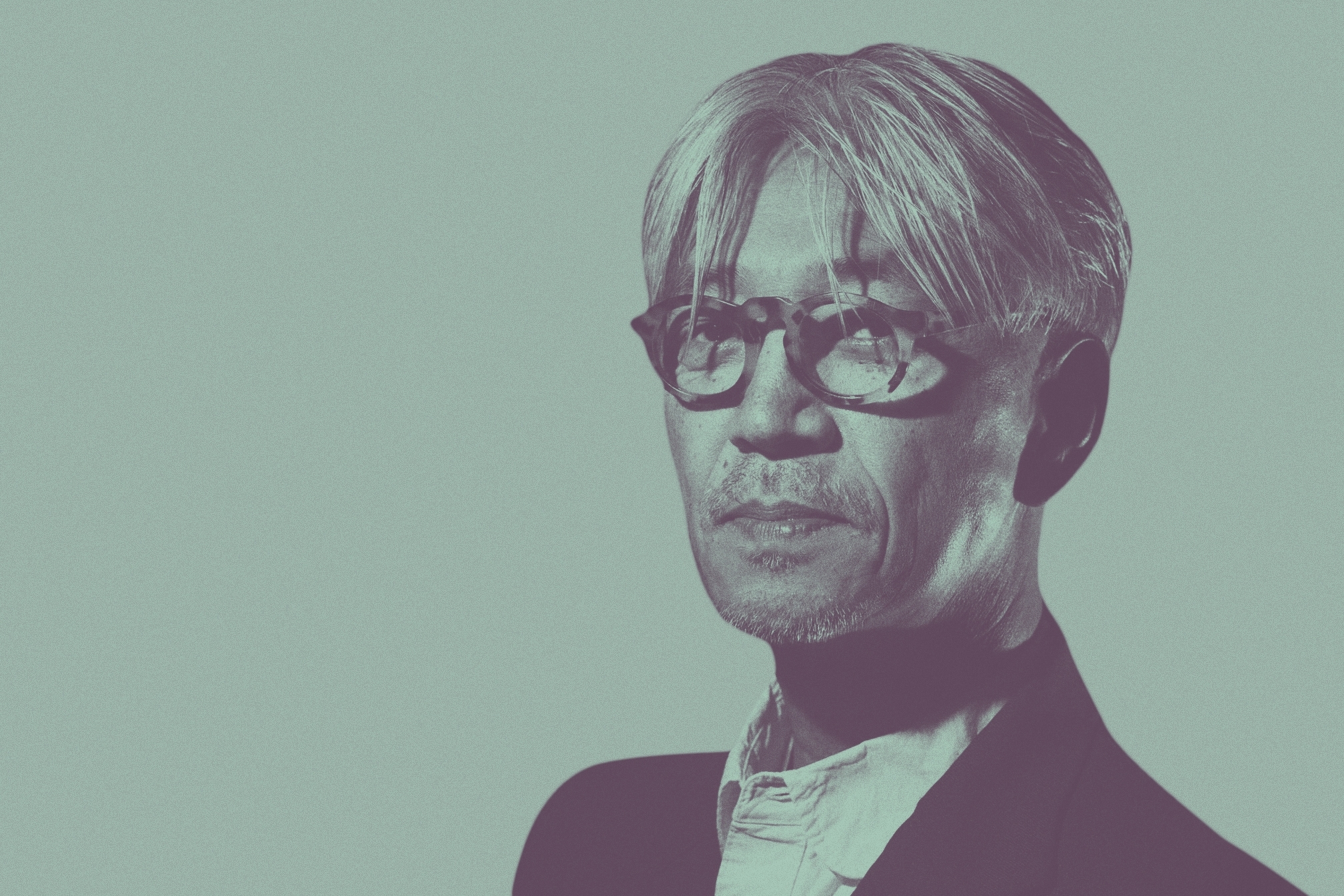
It is perhaps no surprise that his portfolio also includes an array of diverse and award-winning film soundtracks. With an oeuvre extending across genres, from synth-pop and hip-hop to post-classical and jazz, the Japanese musician’s work with influential trio Yellow Magic Orchestra brought experimental music to a mass audience, while Riot in Lagos, from 1980 album B-2 Unit, paved the way for a new generation of electro and hip-hop music. Where there is contemporary music there is Ryuichi Sakamoto. Already a member? Head to the Supporters hub.

Find out more here and stay up to date with upcoming screenings. Due to his recent struggles with Oropharyngeal cancer, he is currently taking some time away from music as a necessary consequence of an untimely illness.We’re screening the documentary Ryuichi Sakamoto: Coda from 16-18 July 2021. His works profoundly highlighted important transformations in music and has reached a wide audience, ultimately contributing to the numerous set of awards he has under his belt. He enjoys singing and writing occasionally, apart from composing stellar pieces for piano. Ryuichi Sakamoto’s brilliance and ingenuity became apparent at a very early age, shimmering itself continually through his 35-year career. Some of his recent works include his earlier solo works featured in blockbuster films like Japanese Story (2003) and Babel (2006).

His incredible sense of musical direction bearing in mind the thematic contexts of these films won him several awards, all the while working on several other film scores for Tacones lejanos (High Heels) (1991), Wild Palms (1993) and Gohatto (1999). Lawrence (1983) and Bernardo Bertolucci’s The Last Emperor (1987). Some of his recent works were in partnership with cellist Jaques Morelenbaum and Alva Noto, with albums such as Casa (2001) and Vrioon (2002) featuring increased digital manipulation and electronic minimalism techniques.Īpart from his revered works in the music industry, Sakamoto has also worked on a number of film scores, most notably director Nagisa Oshima’s Merry Christmas Mr. Two years later, he released Discord (1998), featuring some highly electronic and intrinsically-decorated tracks that made international headlines. After collaborating on a host of albums in the early 1990s, such as Heartbeat (1991) and Sweet Revenge (1994), Sakamoto experimented with Latin music in Smoochy (1995) and 1996 (1996). Throughout the 1980s, Sakamoto began collaborating with a number of international artists, most notably composing singles such as Bamboo Houses/Bamboo Music with David Sylvian and Ikenai Rouge Magic with Kiyoshiro Imawano, the latter immediately top-charting billboards. Not long after, Sakamoto released an influential single as part of his 1980 B-2 Unit album, called Riot in Lagos, which was known to be one of the top 50 historical songs in dance music. Around the same time, Sakamoto worked on his first solo album, titled Thousand Knives of Ryuichi Sakamoto (1978), effectively blending in a host of electronic music techniques and uniquely synthesizing impressive, durable and consistent sounds. Together with some other songs of the band like Technopolis (1979) and Rydeen (1979), the band is known to have contributed significantly towards the shaping of modern genres of Electronic Pop, Hip Hop and Techno. Some of his earliest contributions came in the form of a top-charting album after the band’s name, producing some stunning singles such as Yellow Magic (Tong Poo) (1978) and Computer Game/Firecracker (1978).


 0 kommentar(er)
0 kommentar(er)
